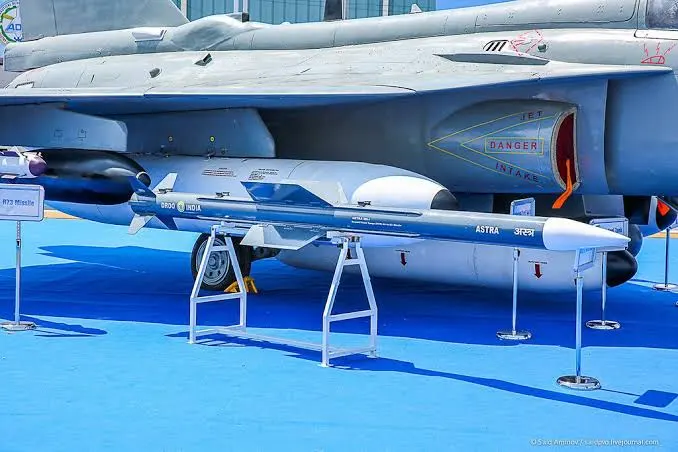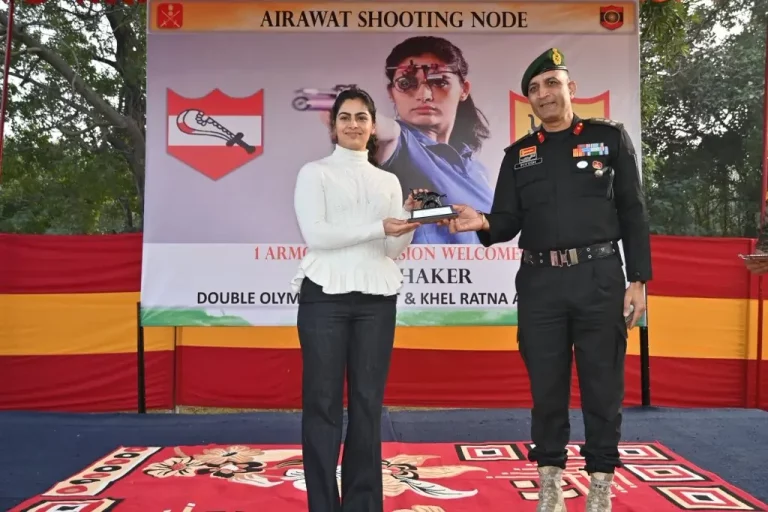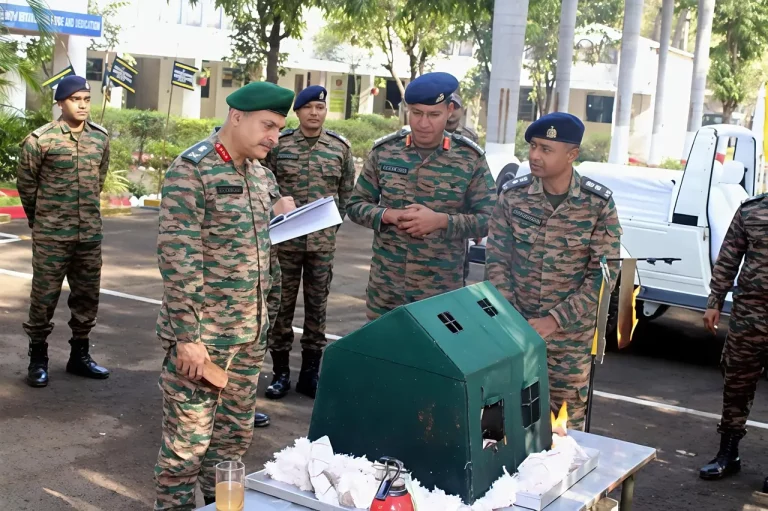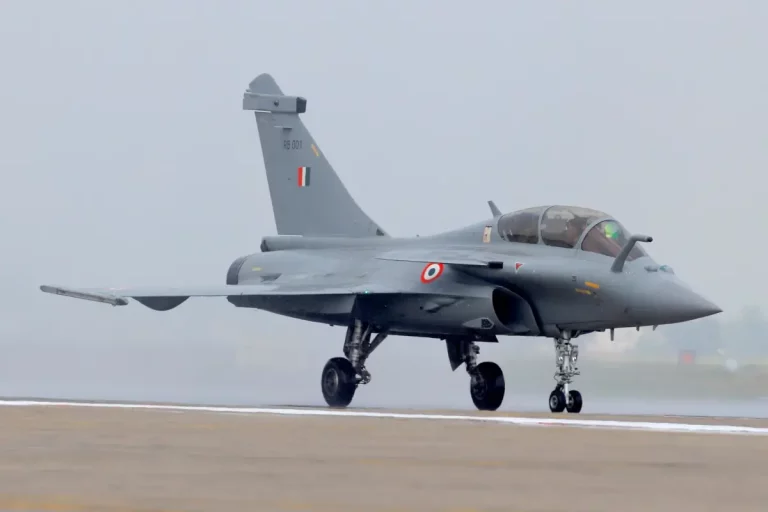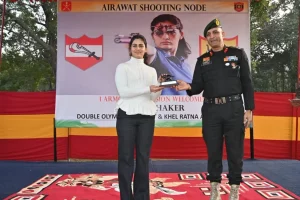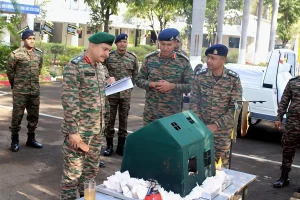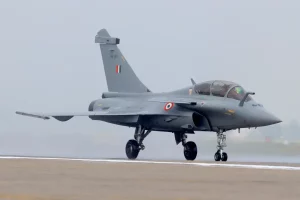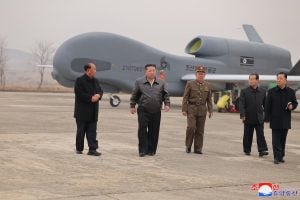Hindustan Aeronautics Limited (HAL) is gearing up for a notable event in India’s defense capabilities with the upcoming first live firing test of the Astra Mk1 Beyond Visual Range Air-to-Air Missile (BVRAAM). This crucial test is slated for early August 2025 and represents a significant advancement in enhancing the indigenous air combat capabilities of the country, as confirmed by HAL Chairman and Managing Director DK Sunil.
The Astra Mk1 missile, a product of the Defence Research and Development Organisation (DRDO), has already achieved success in testing scenarios involving earlier variants of the Tejas Mk1. Notably, these tests utilized the ELTA ELM-2032 Multi-Mode Fire Control Radar. The Tejas Mk1A, which is the latest upgrade, comes equipped with advanced systems such as the ELM-2052 Active Electronically Scanned Array (AESA) radar and a new Digital Flight Control Computer (DFCC). Given these upgrades, fresh integration trials with existing weapons systems are critical.
The ELM-2052 AESA radar, engineered by ELTA Systems Ltd., provides substantial enhancements in several areas, including detection range, multi-target tracking, and resilience against electronic countermeasures. These improvements are expected to significantly elevate the efficacy of the Tejas Mk1A in contemporary aerial combat scenarios.
The forthcoming test will not only evaluate the performance of the Astra Mk1 within the new radar and avionics context but will also furnish vital data required for certification and eventual deployment. Sunil highlighted that this test is one of the final assessments necessary before the Indian Air Force (IAF) can proceed with the full operational deployment of the Tejas Mk1A.
The Astra Mk1 is characterized by its impressive range of over 100 kilometers and sophisticated guidance systems, enabling it to tackle aerial threats with precision, even amid challenging electronic environments. Successful integration of this missile with the Tejas Mk1A is anticipated to considerably reinforce the fighter’s air superiority capabilities, particularly for operations conducted from forward airbases.
Despite facing prior delays related to engine deliveries and radar integration, HAL is on course to deliver 12 Tejas Mk1A aircraft in 2025, with the inaugural aircraft expected to leave HAL’s Nashik production line by the end of July. These developments affirm India’s commitment to strengthening its domestic defense industry and enhancing its air combat readiness.
